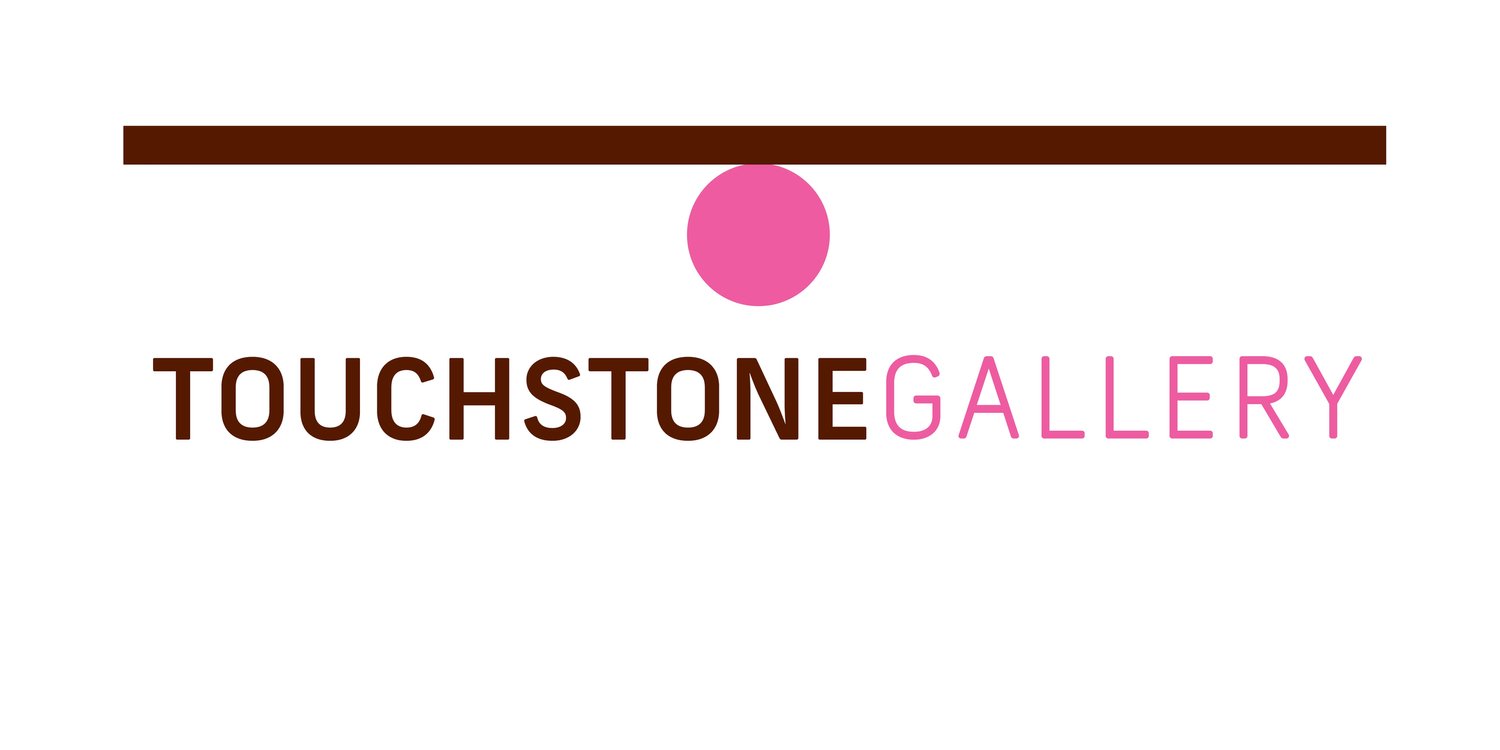By Caroline Crutsinger-Perry
In January and February of this year, 2023, Touchstone Gallery presented the exhibition SEQUENCE; a juried international open call where works of art showcased the impact and influence of technology. One of the pieces juried into the exhibition was Processing Gender Aspirations, a silver gelatin print by the artist Homosocial, which was recently acquisitioned by the University of Maryland.
Processing Gender Aspirations will be on display at the University of Maryland’s Stamp Student Union starting in September 2023. The piece was purchased by UMD’s Contemporary Art Purchasing Program (CAPP). CAPP is a committee of UMD students and Art History Professors who research and purchase the artworks. For the Fall 2022 acquisitions, works were selected that fit the theme of Critical Compassion: Art as a Means of Joy. The committee members write in their 2022-2023 December Manifesto that the CAPP collection contains pieces that “express the failings of the human condition,” and obtaining more joyful pieces will offer a more balanced perspective of humanity. This new perspective will “help to build a better future for all.”
Brian Van Camerik created Processing Gender Aspirations for Homosocial. The collective’s main project seeks out old photographs of queer or homosocial couples—that is same-sex relationships that are not romantic or sexual in nature. These found photographs introduce a new narrative, and bring light to stories, relationships, and ideas of gender.
See Processing Gender Aspirations by Homosocial in What We Do After at the Stamp Gallery from August 28 - September 30, 2023. There will be an opening reception on Wednesday, September 13 from 5-7 pm. This exhibition also features a piece by Touchstone Foundation for the Arts Fellow Jenny Wu (2019-22).
About Processing Gender Aspirations
The background of this twelve-by-eighteen inch piece is a deep green decorated with a subtle white and black marbled pattern. At the center of the work is a black and white photograph of a young child standing in front of a wooden picket fence; one hip popped out to the side, staring out at the audience. The photograph is mounted onto a lavender and light yellow background with scalloped edges, and is reminiscent of homemade cards or a scrapbook page. Emerging out from either side of the photograph is a collection of thin lines in that same pale yellow tone, which lead to smaller cards with the words “bending the” on the left side of the photo and “binary” on the right side. The deep green background sliced with yellow lines connect the words and photograph, calling to mind a circuit board or computer chip.
Van Camerik overlays the photographs with representations of microprocessors and computer chips that appear to be ‘processing’ or attempting to understand same-sex couples and queer people. These works are a visual analysis of gender and language. The artist desires to create pieces that viewers can engage with and reflect about their own opinions towards non-binary individuals, the use of they/them pronouns or gendered phrases like “man up”. Van Camerik works with this subject matter both to work on their own internalized -isms, and to inspire audiences to reevaluate and deconstruct their biases.
Van Camerik uses both imagery from computer microprocessors and scrapbooking techniques to highlight the gender binary, and how the androgynous child in the center seems to be breaking the binary by not being easily identifiable as one gender or the other. Computer microprocessors represent the male dominated fields of science and technology, while the decorative borders in yellow and purple are made on a Cricut machine—a machine for scrapbooking, which has long been considered a ‘feminine’ art form. Van Camerik initially rejected use of the Cricut because it was not a ‘fine art’ technique, but deconstructed their own internalized misogyny towards scrapbooking, and now uses aspects of it in their work which encourages viewers to do the same.
The acquisition of Processing Gender Aspirations made Van Camerick rethink how they saw the piece; feeling validated and leaving them with a more positive outlook about art collection and creation. Homosocial’s piece was selected in part due to the artworks’ rejection of the binary and celebration of the non-binary; its interdisciplinary process and combination of mediums, and the genderqueer identity of the artist themselves.

